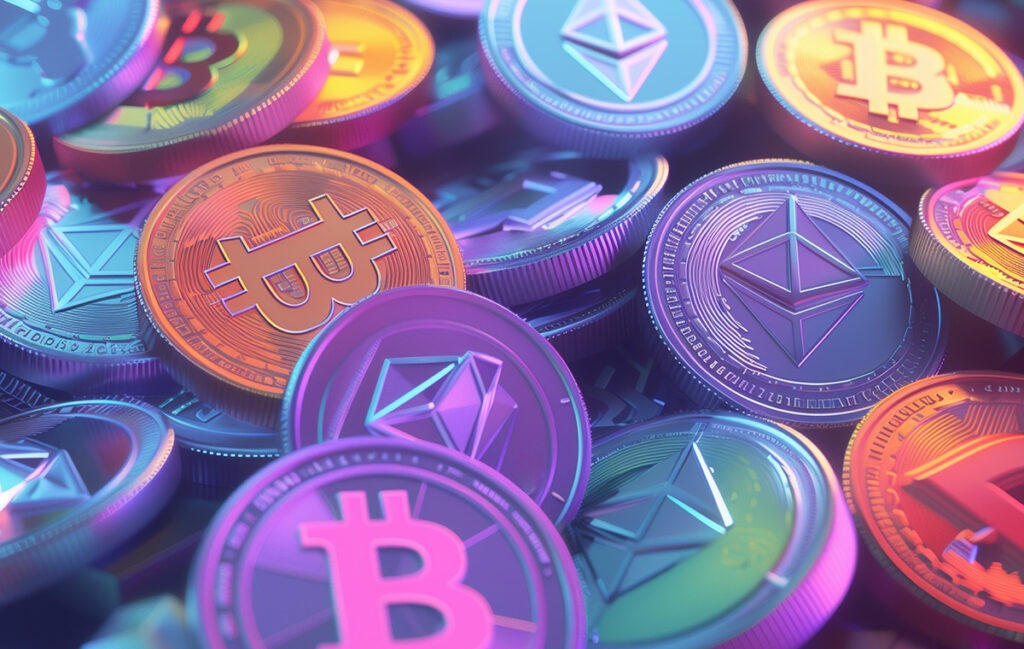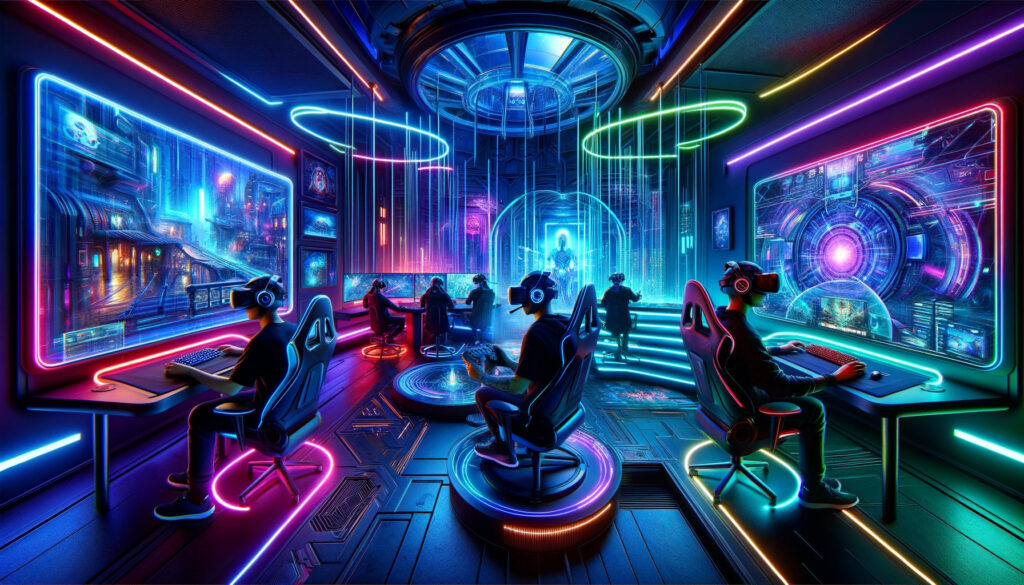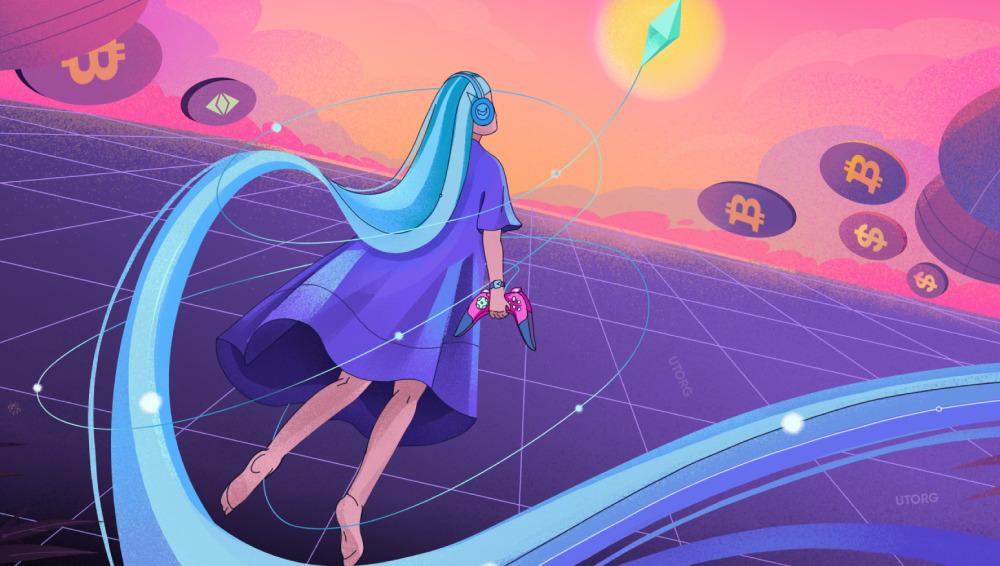A new trend is capturing the attention of both developers and players alike: Play-to-Airdrop (P2A). This innovative model is reshaping how games are played and rewards are distributed, offering a fresh perspective on the economic dynamics of digital gaming ecosystems. Let’s delve into what Play-to-Airdrop is, explore its benefits, and highlight some games that have adopted this model.

What is Play-to-Airdrop?
Play-to-Airdrop is a concept where players engage in game activities not for immediate token rewards, as seen in the Play-to-Earn (P2E) model, but for points that can later be exchanged for digital assets or tokens at a future date. This model introduces a speculative element, as players are essentially earning potential future rewards without immediate market value. The allure of P2A lies in the mystery and potential value of these future airdrops, making the gaming experience both thrilling and potentially lucrative.
The Benefits of Play-to-Airdrop
1. Enhanced Game Economy Balance: One of the primary advantages of the P2A model is the flexibility it offers developers in managing the game’s economy. By decoupling immediate token rewards from gameplay, developers can better control the supply of tokens and avoid inflationary pressures that can destabilize the game’s economy.
2. Speculative Thrill for Players: Players are drawn to the P2A model by the speculative nature of the rewards. The uncertainty and potential for significant future value create an exciting layer of gameplay beyond the game’s core mechanics.
3. Attracting a Diverse Player Base: While P2E has been popular among players interested in the economic aspects of gaming, P2A has the potential to attract a broader audience. This includes traditional gamers who are drawn to the gameplay itself but are open to the added excitement of speculative rewards.
4. Long-Term Player Engagement: The promise of future airdrops encourages long-term engagement with the game. Players are motivated to continue playing and participating in the game’s ecosystem to maximize their potential future rewards.
The Future of Play-to-Airdrop: A Balancing Act in Blockchain Gaming

The advent of Play-to-Airdrop (P2A) campaigns, as highlighted by the recent initiatives from games like Pixels and Nyan Heroes, marks a pivotal moment in the evolution of blockchain gaming. These campaigns, designed to reward players not just for gameplay but for community engagement and ecosystem growth, suggest a shift towards a more sustainable and inclusive model of player rewards. However, as we look towards the future of P2A, several factors will shape its trajectory, potential success, and challenges.
Sustainable Engagement Over Grinding
One of the most promising aspects of P2A is its focus on sustainable engagement rather than the relentless grind that characterized early Play-to-Earn (P2E) models. By rewarding players for meaningful participation and contributions to the game’s ecosystem, P2A campaigns can foster a more vibrant and active community. This shift could lead to a more enjoyable gaming experience, where players feel valued for their input beyond mere time investment.
Expanding and Diversifying Player Bases
The future success of P2A hinges on its ability to attract and retain a diverse player base. Early indications from games like Pixels, which reported a rising audience following its P2A campaign, are encouraging. However, as more games adopt P2A, the competition for players will intensify. The challenge will be to innovate within the P2A model to attract new players while keeping the existing community engaged and rewarded. This may involve unique airdrop mechanisms, leveraging NFTs for additional rewards, and creating more inclusive pathways for player participation.
Balancing Token Economics
A critical aspect of P2A’s future is how well it can balance the token economics of a game. The model’s sustainability depends on its ability to prevent inflationary pressures and ensure that the distribution of rewards does not undermine the game’s economy. This will require careful planning and innovative approaches to token issuance and airdrop criteria, potentially incorporating reputation or experience point systems to control token accumulation.
Enhancing Community and Ecosystem Growth
P2A campaigns have the potential to significantly enhance community and ecosystem growth by rewarding players for engagement beyond gameplay. This includes social media promotion, content creation, and encouraging new player onboarding. As blockchain games continue to evolve, those that can effectively leverage their communities for growth while providing tangible rewards will likely see the most success with P2A.
The Competitive Landscape
As P2A becomes more widespread, its novelty as a competitive advantage may diminish. Games will need to continuously innovate their P2A campaigns to stand out in a crowded market. This could lead to more creative and varied forms of player rewards, further blurring the lines between traditional gaming and blockchain gaming economies.
Examples of Games Adopting Play-to-Airdrop

Several Web3 games have embraced the Play-to-Airdrop model, each offering unique ways for players to earn future rewards through gameplay:
- Kuroro Beasts by TreasureDAO: Players engage with the game and its ecosystem to earn KURO tokens. Active participation and staking in the game’s community can increase one’s share of the airdrop.
- Pixels: Beyond earning BERRY tokens through gameplay, Pixels introduced a campaign for their governance token, PIXEL, rewarding players for their in-game achievements and contributions.
- Nifty Island: This metaverse game rewards players with ISLAND tokens for gameplay and community engagement, with special boosts for NFT holders.
- Saga Blockchain Games: Spanning various games, Saga’s play-to-airdrop campaign rewards top players on leaderboards with SAGA tokens, emphasizing competitive play and community involvement.
- Farcana: In this third-person shooter, players complete missions and social quests to become eligible for FAR token airdrops, blending gameplay with social interaction.
- MixMob: Even after a presale of their MXM token, MixMob launched a play-to-airdrop campaign, rewarding players in their closed beta with a share of MXM tokens for gameplay and engagement.
- Nyan Heroes: Another game that introduces a novel play-to-airdrop model into its earning mechanism is Nyan Heroes. This game presents a set of tasks to its community promising a share for successful completion.
- Citizen Conflict: This hero shooter has been gaining substantial traction as a go-to esports game. Today, its developer QORPO World is incentivizing its growing community with several gaming and farming quests that boost the $QORPO airdrop opportunities for participants.
Conclusion
Play-to-Airdrop represents a significant shift in the Web3 gaming paradigm, offering a sustainable and engaging model for both developers and players. By balancing the game economy and providing a speculative thrill, P2A has the potential to redefine success in the digital gaming world. As more games adopt this model, we may see a new era of Web3 gaming that harmonizes economic incentives with immersive gameplay experiences.
Its ability to promote sustainable engagement, expand player bases, and maintain balanced token economies will be crucial for its long-term success. As the model matures, the games that can creatively adapt and evolve their P2A strategies will likely lead the way in defining the next era of blockchain gaming.
Disclaimer: This article is provided for informational purposes only. It is not offered or intended to be used as legal, tax, investment, financial, or other advice.






